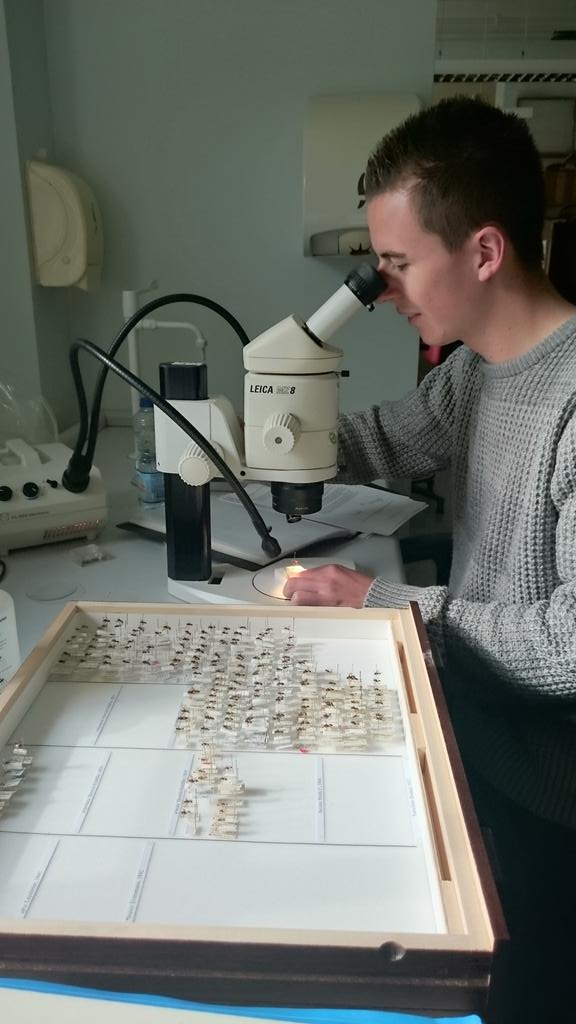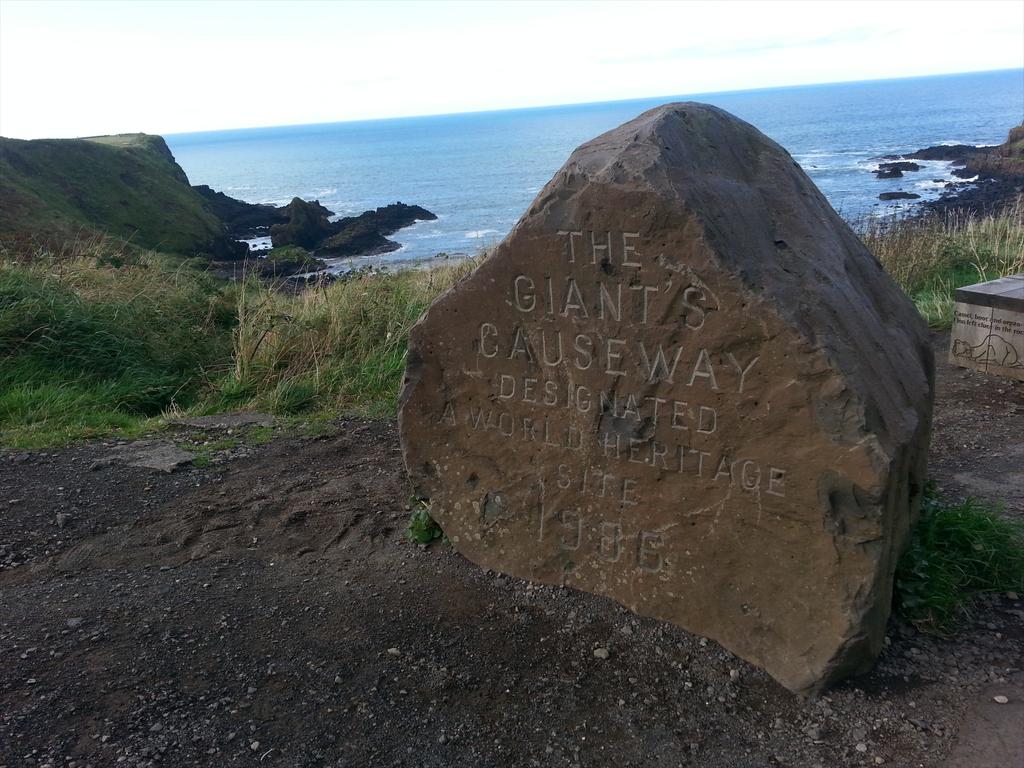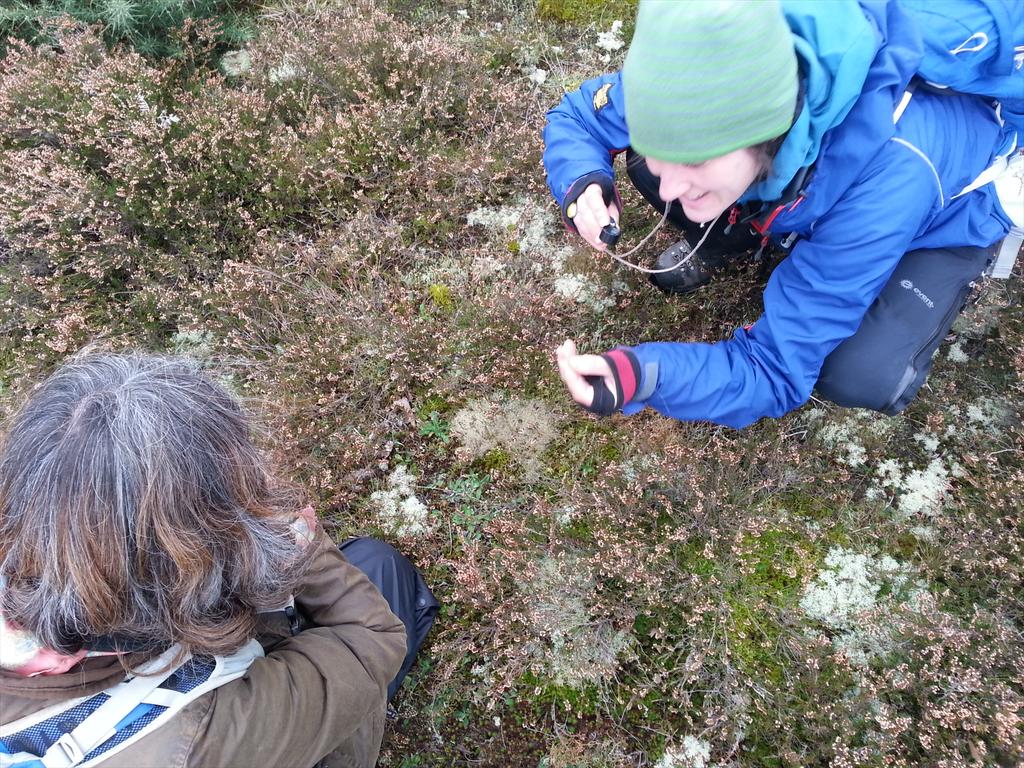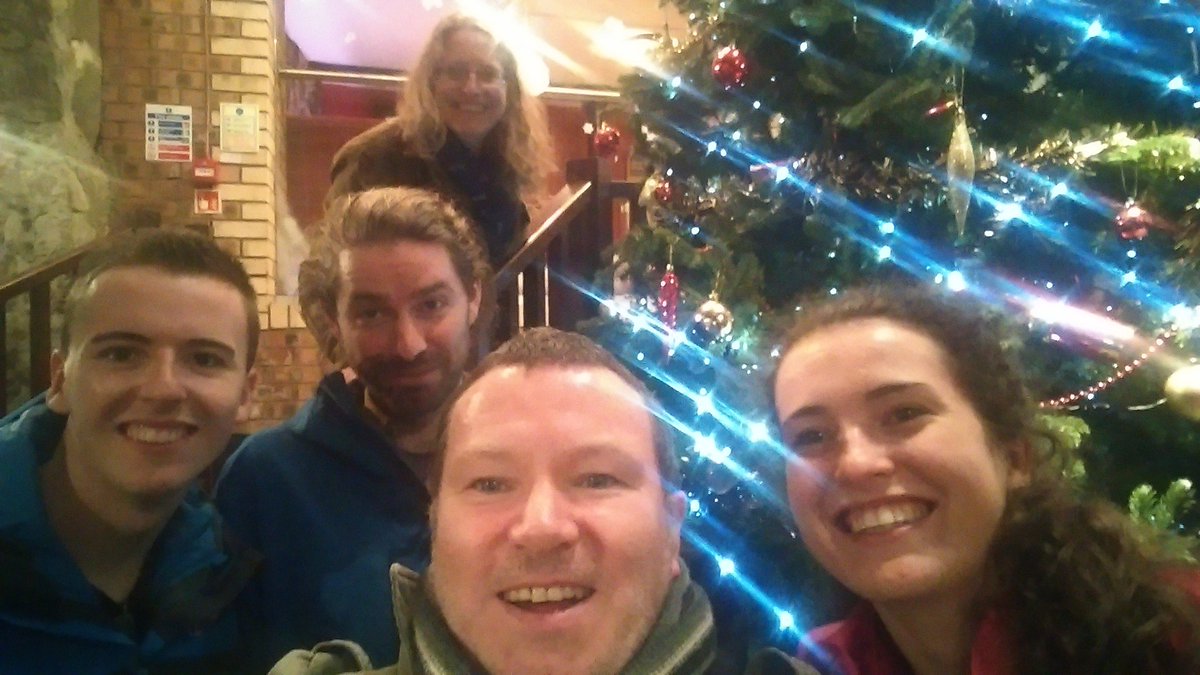I have done so much and visited so many places in the past two months, it’s difficult to condense it all into a short blog – but I’ll give it a go. Firstly, please excuse the absence of an October blog. I have been so busy over the past 8 weeks that I never found the time to write it. As such, I’ve included it into this blog along with November.
London
October began with a visit to the Amateur Entomological Society’s (AES) Annual Exhibition and Trade Fair at Kempton Park Racecourse, London – what an eye opening experience that was! Having never attended such an event, I was blown away by the whole experience. For someone new to entomology, it was like being a child in a candy shop. The diversity of items on sale was unbelievable, anything from entomological books, survey equipment and specimens, to live animals including spiders, cockroaches, ants, snails and stick-insects. The popularity of the event also came as I surprise, the venue packed with entomologists off all ages. I was fortunate enough to meet Matt Shardlow, CEO of Buglife, during my time there – which was a great honour. I also picked up some nice books, which always come in handy!
Liverpool
Next stop was Liverpool and a visit to Chris Jones – my TCV Natural Talent colleague. Chris has been studying Marine Diatoms at the World Museum, Liverpool. The reason behind my visit was to assist Chris in delivering a TCV event at Bidston Moss – an old landfill site near Birkenhead, Wirral. As I have been studying invertebrates on brownfield habitats, I was seen as the ideal person to deliver mini-beast hunts for local primary school children on-site. I followed the same principal as the OPAL Bug’s Count Survey, providing the class with equipment and letting them loose to find invertebrates. They recorded the number of different invertebrates using a tally chart system. The children had so much fun running around with sweep nets and butterfly nets collecting invertebrates in the grass.
During my time at Liverpool, I also visited the entomology department of the World Museum. It was such a pleasure to meet Guy Knight (Head of Zoology and Curator of Invertebrates) and Tony Hunter (Assistant Curator Entomology), who were very kind in allowing me to spend a day in the department looking at the museum’s collection of solitary bees.

Northern Ireland
During October, I also made my first ever visit to Northern Ireland with my TCV Natural Talent colleague – Ceri Watkins. We were kindly hosted by Anna Hart, our Natural Talent counterpart based at the Centre for Environmental Data and Recording (CEDaR), Belfast. During the course of a week-long visit, we:
- Delivered training courses on invertebrate habitat management and invertebrate survey techniques at CEDaR. The courses were well attended and the feedback was positive.
- Undertook surveying with Anna at Giant’s Causeway for Vertigo angustior – one the UK’s rarest land snails.
- Undertook spider identification training that was delivered by Anna at Queen’s University, Belfast.
- Visited Murlough National Nature Reserve, which is considered internationally important for its dune heath habitats.



Training
During October, I attended two training courses. The first was a 1-day course on ‘Invasive Plant Species’ delivered by Jo Mullett of Knotweed Control Swansea. This course greatly improved my understanding of invasive non-native species (INNS) and their identification.

The second training course was ‘A beginner’s guide to Mosses’ – an FSC residential course based at Margam Park. The course was delivered by the fantastic and highly-enthusiastic Dr June Chatfield. It was a fantastic course that really opened my eyes to the world of bryology. The course was a great introduction to bryophytes and has definitely provided me with the confidence to start studying bryophytes. They are absolutely fascinating plants and will provide a source of interest during the winter months when all the insects have disappeared.
Lichens
Following the FSC bryophyte course, I hosted fellow Natural Talent Trainee – Frances Stoakley – for two days. Frances has been studying Lichens as air quality indicators at the Royal Botanic Garden, Edinburgh. We spent a day discovering the impressive Cladonia lichen diversity on the spoil tips at Dare Valley Country Park. I also took Frances to the National Museum of Wales, Cardiff, to meet lichen expert Alan Orange. It was great to catch-up with Frances and learn a little about lichens.

Scotland
Not long after coming home from Northern Ireland, I was again on travels – this time to Stirling, Scotland. As the traineeships are now approaching an end, all the trainees got together for a few days with our line manager to discuss how the year has gone. We also attended a Project Management training course while we were there. It was the first proper time we had all been together, which was lovely. Hopefully we will all meet up again sometime before we finish for good.

Natural Talent 2016
During November, I also had the opportunity to involve myself in the recruitment of the National Museum of Wales’ next Natural Talent trainee. This trainee will be working with Dr Ben Rowson studying non-marine molluscs. It was great to get an idea of what employers are looking for in applications and during interviews, and I hope this knowledge will prove beneficial when I come to find work in the coming months.
In other news, I recently attended the Gwent-Glamorgan Recorder’s Forum and SEWBReC AGM. I really enjoyed the day with lots of interesting talks and people to network with.
Now that my travels are over, species identification are at the top of my agenda. I have started identifying solitary bees and have just Andrena and Lasioglossum genera left to ID. Then it’s on too ground beetles, true bugs and anything else I can find the time to identify (ants, centipedes, millipedes, spiders…). I’m sure I’ll turn-up some nice finds!

Stay tuned for updates.
